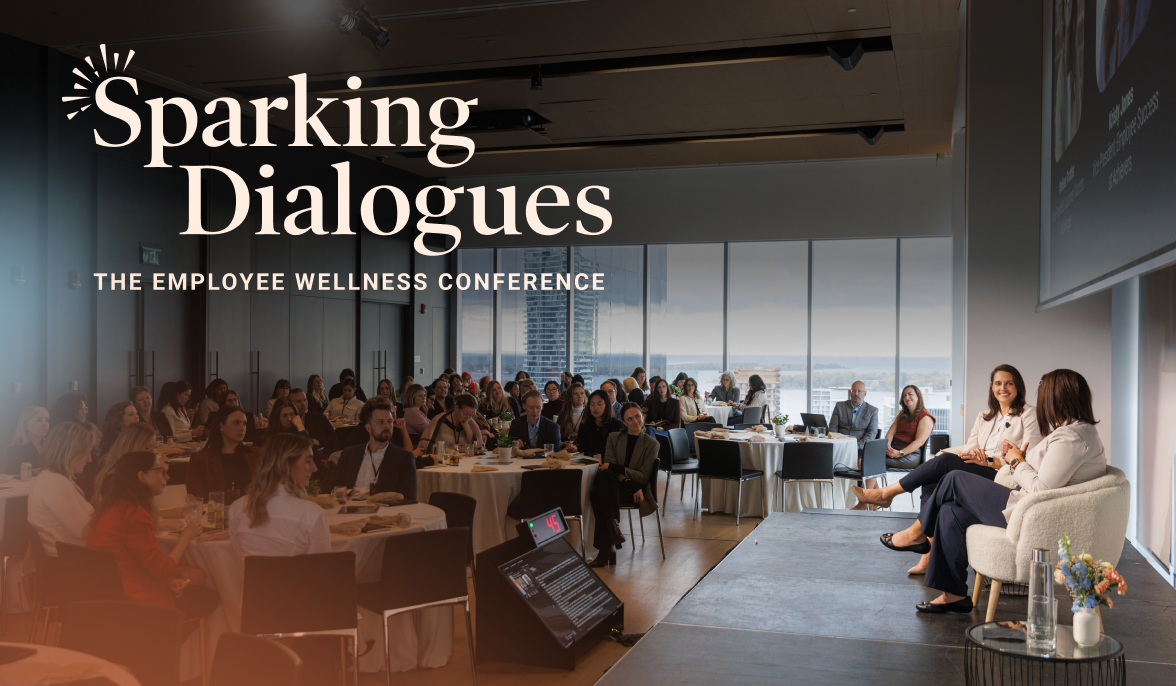Mass layoffs can unleash a torrent of negative feelings for employees, often intensified by a lack of communication from leadership, unclear expectations, fear of being overworked, and concerns about their own job.
These triggers can quickly lead to high stress levels, anxiety, and if left unchecked, burnout – which directly impacts your organization. In fact, over 90% of employees have shared that excessive stress and frustration significantly hinder their ability to deliver quality work.

As HR leaders, you bear a critical responsibility to take a proactive approach in supporting affected employees and safeguarding their mental health. Here are 4 key strategies that can help promote employee well-being during and after a mass layoff.
Communicate openly and transparently
Transparent leadership builds trust. It’s key to reducing anxiety and fear among employees by reinforcing confidence in their decision-makers. Leaders should keep employees informed about the situation, the reasons for the structural changes, and what support and resources are available to them. Communication should be timely, respectful, and provide opportunities for employees to ask questions. Here are a few ways to ensure your communication is transparent:
-
Be vulnerable. Share personal experiences, insights, and thoughts to create a safe and supportive environment. This fosters an open-door policy that encourages employees to share their own thoughts and ideas. This also means letting your employees show vulnerability: you should seek to understand and be curious about their concerns and reality.
-
Answer the tough questions. Be willing to provide honest and transparent responses, and admit when you don't have the answer. But make sure to follow up with the information as soon as it becomes available. This helps build credibility with your employees. But don’t make any commitments that you won't be able to keep. (For example, avoid saying “we are done with the layoffs” or “we won’t have any more structural changes".)
-
Read the room. Pay close attention to the body language, tone, and mood of your employees. Adapt your communication style and be responsive. By being in tune with the needs of your employees, you can build stronger relationships and foster a more positive work environment.
Be proactive about retaining top talent
A mass layoff can create a sense of fear and uncertainty, making it critical to focus on employee engagement and retain employees. HR leaders should work with managers to identify high-performing employees who may be at risk of leaving and take steps to engage them.

By retaining top talent, you can demonstrate the organization's commitment to its employees, while boosting loyalty and job satisfaction. Want to know more about career counselling?
Foster a positive company culture
A positive environment is supportive and empathetic, offering resources such as counselling services and opportunities for employees to connect and support each other. Here are a few ways HR leaders and managers can re-energize employees and get them excited:
-
Involve employees in decision-making. Create a forum where team members can share their ideas and feedback, and ensure you put those ideas into action when possible.
-
Celebrate successes. Highlight internal promotions, important contributions, and other wins that show that efforts don’t go unrecognized.
-
Communicate a clear vision. Whether it’s through an annual kick-off event or regular all-hands meeting, leaders should share a strong and inspiring vision for the future of their organization: one that resonates with employees and aligns with their values and aspirations.
-
Strengthen culture through team-building: This creates a sense of belonging, and helps employees stay connected to each other and to their leaders. In-person activities, like a volunteer day, or virtual activities, like a wellness challenge, can bring team members to rally around a unique cause.
Address lingering fears and anxieties
Not only can an anxious workforce affect overall work culture, but employees who feel uncertain about their future are less likely to feel motivated or engaged. These negative feelings might be amplified in employees who are experiencing financial stress. Plus, it can lead to physical health problems such as headaches, sleep disturbances, and fatigue. Show employees that you understand their concerns by reinforcing trust in the organization:
-
Offer opportunities for cross-training. This helps employees strengthen their skills and adopt new ones that can be applied in different roles.
-
Share good news. If business returns are solid, communicate it to your workforce. Organizational wins show employees that you have a strong position in the market and help them feel secure in their role.
-
Provide the right resources. Access to mental health services, employee assistance programs, and workplace wellness programs can help team members cope with persistent anxiety, discuss their financial situation, or find career support.
Lead with well-being in mind
Structural changes profoundly impact employee physical and mental health, and overall well-being. However, HR leaders have an opportunity to step up. By addressing employee concerns head-on and offering support, leaders can help their workforce navigate this difficult time and reinforce confidence in their future within the organization.
Learn how Dialogue can help you demonstrate your commitment to employee mental health and wellness, and build a supportive workplace culture.
Sources:




 Canada (EN)
Canada (EN)
 Global (EN)
Global (EN)









